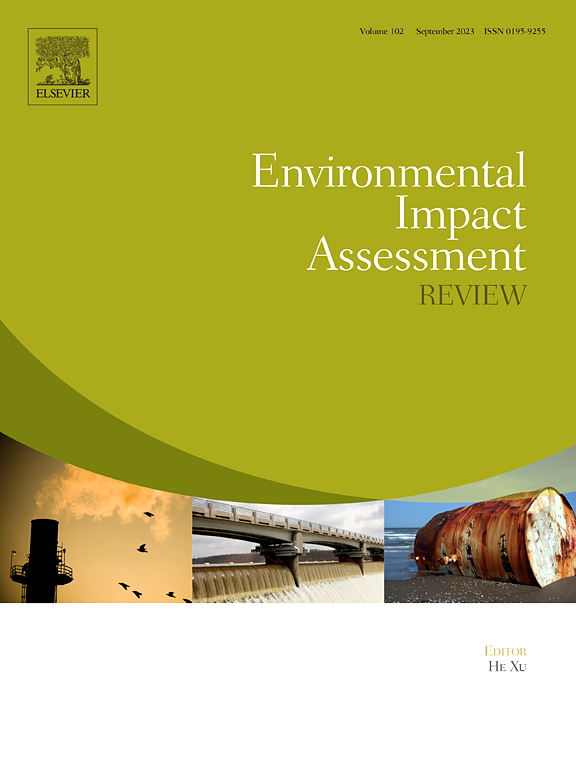Spatiotemporal patterns and driving factors of ecological restoration regions: Insights from multi-scale analysis
IF 9.8
1区 社会学
Q1 ENVIRONMENTAL STUDIES
引用次数: 0
Abstract
Mapping ecological restoration regions (ERRs) is essential for assessing restoration progress and evaluating ecological projects. Traditional methods often face biases due to incomplete data. This study introduces a unified framework that integrates vegetation index evolution and land cover change, enabling precise pixel-level ERR identification across subtypes from 1991 to 2019. By enhancing spatial analysis through quantitative and geometric dimensions, we developed an ecological restoration index and utilized the SHAP model to uncover multi-scale driving factors. Results show ERRs in the Yellow River Basin expanded significantly from 2001 to 2010, averaging 2199.07 km2/a, with gradual vegetation restoration dominating (61.9 %). Key drivers of ecological restoration were identified as precipitation, temperature, and GDP, with mean SHAP values of 0.42, 0.52, and 0.34 at the provincial, municipal, and grid scales, respectively. This study advances ERR identification methodologies and explores the complex interactions between ecological restoration and its drivers at various scales. These insights are vital for the systematic planning and phased adjustment of ecological restoration initiatives.
生态恢复区域的时空格局与驱动因素:来自多尺度分析的启示
生态恢复区测绘是评价生态恢复进度和评价生态工程的基础。由于数据不完整,传统方法往往存在偏差。该研究引入了一个整合植被指数演变和土地覆盖变化的统一框架,实现了1991 - 2019年不同类型的像素级ERR精确识别。通过定量和几何维度加强空间分析,建立了生态恢复指数,并利用SHAP模型揭示了多尺度驱动因素。结果表明:2001 - 2010年,黄河流域植被恢复率显著增加,平均为2199.07 km2/a,以植被恢复逐渐恢复为主(61.9%);在省、市、格网尺度上,降水、气温和GDP分别为影响生态恢复的主要驱动力,其平均SHAP值分别为0.42、0.52和0.34。本研究提出了ERR识别方法,并在不同尺度上探讨了生态恢复及其驱动因素之间的复杂相互作用。这些见解对于生态恢复的系统规划和阶段性调整至关重要。
本文章由计算机程序翻译,如有差异,请以英文原文为准。
求助全文
约1分钟内获得全文
求助全文
来源期刊

Environmental Impact Assessment Review
ENVIRONMENTAL STUDIES-
CiteScore
12.60
自引率
10.10%
发文量
200
审稿时长
33 days
期刊介绍:
Environmental Impact Assessment Review is an interdisciplinary journal that serves a global audience of practitioners, policymakers, and academics involved in assessing the environmental impact of policies, projects, processes, and products. The journal focuses on innovative theory and practice in environmental impact assessment (EIA). Papers are expected to present innovative ideas, be topical, and coherent. The journal emphasizes concepts, methods, techniques, approaches, and systems related to EIA theory and practice.
 求助内容:
求助内容: 应助结果提醒方式:
应助结果提醒方式:


